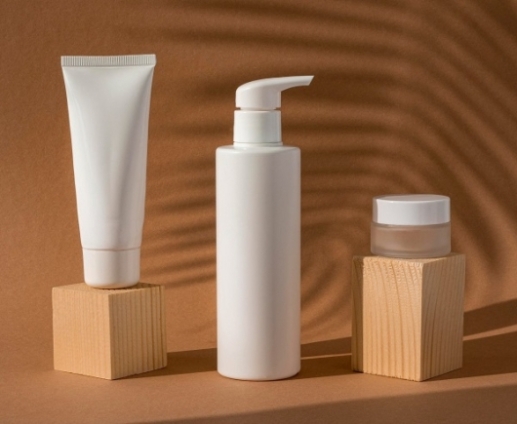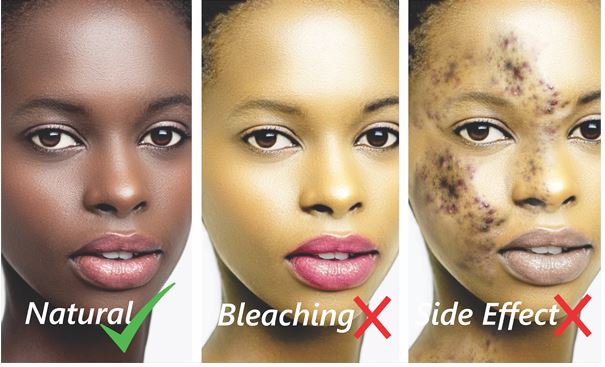More than a third of the country’s population are bleaching their skin, posing a threat to their health.
This is contained in a World Health Organisation (WHO) Africa Region report which found that 31 out of 100 hundred Zimbabweans are generally involved in skin bleaching and the widespread use of skin-lightening products is the cause of the rising figures in skin bleaching in the country.
The prevalence of skin bleaching in other African countries ranges from 25 per cent of the population in Mali to 77 per cent in Nigeria, with other countries reporting intermediate rates such as 39 per cent in Ghana; 32 per cent in South Africa; 50 per cent in Senegal and 66 per cent in Congo-Brazzaville.
This was in the November 2023 analytical fact sheet of the WHO African Region and the Integrated African Health Observatory (iAHO) report released in Accra.

What is skin bleaching?
The report described skin bleaching, also known as skin lightening, skin toning and skin whitening, as a global cosmetic practice to achieve a lighter skin tone. It is often driven by cosmetic desires rooted in deep historical, economic, socio-cultural and psychosocial factors.
It involves the use of topical products containing corticosteroids, hydroquinone, mercury, or other agents to lighten the skin. The use of potentially harmful agents such as mercury is common in Africa and Asia.
The WHO said a recent meta-analysis revealed a global prevalence of skin bleaching of 27.1 per cent in Africa and around 25 to 80 per cent of African women regularly used skin-whitening products.
Effects on health
The report said that skin bleaching had been associated with several adverse health effects such as dermatitis, steroid acne, discolouration, changes in skin thickness, inflammatory disorders and conditions such as mercury poisoning, nephrotic syndrome and exogenous ochronosis.
These health problems, it explained, were associated with ingredients such as hydroquinone, corticosteroids and mercury in skin-lightening products, pointing out that a history of long-term use of skin-lightening products was found in patients with skin cancers such as squamous cell carcinoma.

In addition to the skin problems, the report said chronic use of skin-lightening products was associated with symptoms of mercury poisoning, nephrotic syndrome, adrenal insufficiency, Cushing’s syndrome, diabetes mellitus, osteonecrosis of the femoral head and life-threatening postoperative adrenal crisis.
“Studies have shown that people with bleached skin have slower wound healing due to thinner skin layers, delayed skin regrowth, reduced tissue support and impaired tissue formation. It increases the likelihood of wound infection, dehiscence (reopening of the wound), and bleeding. It is similar to wound healing complications caused by the use of steroids,” it said.
Response to skin-bleaching
On what to do, the report stated that healthcare professionals, including pharmacists, needed to be educated about local skin bleaching practices and the potential complications associated with the misuse of products containing corticosteroids and hydroquinone.
It said such knowledge would help them to identify adverse effects, provide advice and suggest safe alternatives such as high-quality and affordable sunscreens.
It said public health strategies and programmes were needed to discourage the culture of colourism by advocating that all skin colours had their own beauty and using more dark-skinned models in commercials.
“Despite knowing the side effects of skin bleaching, people still choose to bleach their skin. This evidence strongly suggests that comprehensive public health awareness strategies are needed to discourage this practice. It said that skin bleaching is an important public health issue requiring broader campaigns that go beyond informing people about the health risks involved,” it said.







